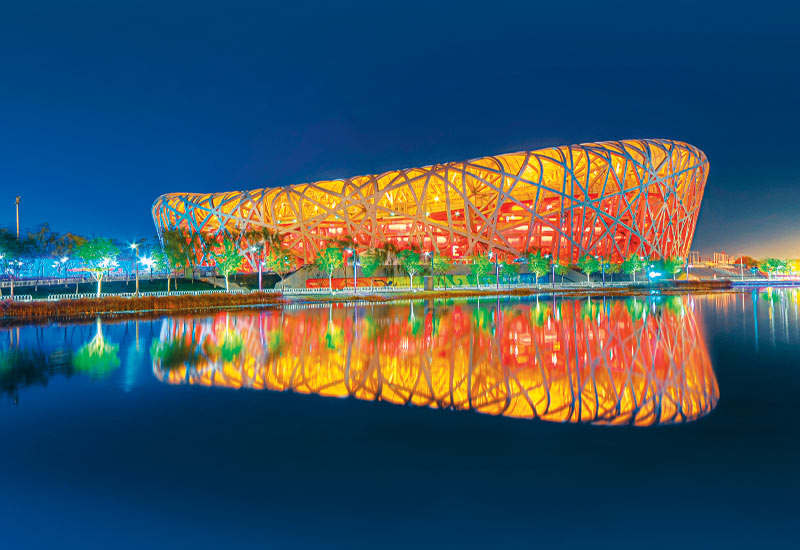 RevPAR has fallen dramatically in Beijing despite increased publicity generated from the 2008 Olympics Games.
RevPAR has fallen dramatically in Beijing despite increased publicity generated from the 2008 Olympics Games.
Vision Hospitality Asset Management regional director for the Middle East Nigel Teasdale reviews the performance of Middle Eastern hotels in 2009 in a global and regional context.
The first half of 2009 has provided the regional hotel sector with a bumpy ride; year-on-year revPAR has been down in most destinations, and in some cases quite dramatically.
We all know the world has been turned on its head over the last year, so with the benefit of STR Global’s half-year data, this is probably a good time to take a snapshot of some of the key hotel markets in the region and see how their performance compares with other destinations round the world.
The analysis below compares the first six months of 2009 with the same period in 2008.

Advertisement
The regional outlook
Let’s start with a real exception and a good news story: Lebanon — and in particular Beirut — is benefiting from the peace dividend, with both business and leisure travel booming. RevPAR has increased by 117% (from a relatively low base) to US $110.89 nationally and by 125% to $116.91 in the capital.
In neighbouring Syria, where Damascus is also enjoying greater stability and a tourism boom, revPAR increased marginally. Although at $76.52 it is among the lowest — in absolute terms — in the region.
Saudi Arabia is the only other Middle Eastern country to show a positive revPAR performance based on the prior year; up 4% to $102.17. Within these figures Riyadh is down 14% ($172.30), however, Jeddah — perhaps benefiting from greater diversity of demand — is up by 20% at $120.23.
A broadly similar picture is displayed by Bahrain (-8.3%) at $160.48, Kuwait (-12%) at $122.54 and Qatar (-13%) at $181.39. These are all destinations that, like Riyadh, rely predominantly on corporate demand. Limited supply growth may have protected them from the heavier falls.
Strong rate growth has enabled Amman to increase its revPAR by just more than 3% to $91.93; however, overall Jordan’s revPAR has dropped marginally to $86.01.
Of all the countries in the region, Egypt is the one with the highest proportion of international leisure business, with Europe its primary source market.
As a result it is highly vulnerable to recession and has suffered a revPAR fall of more than 16% to $49.41, the lowest achieved in the Middle East by more than a $27 margin. At $80.66, Cairo’s revPAR was higher, but this has fallen by more than 19% from the prior year.
As a result of major event business, Muscat got off to a strong start in 2009, however, poor occupancy (InterContinental’s Al Bustan Palace Muscat re-opened early in the year following refurbishment, which increased supply) has seen it fall behind by 10% to a revPAR of $165.92. Overall Oman has fared a little better with revPAR down just under 8% at $147.31.








 Search our database of more than 2,700 industry companies
Search our database of more than 2,700 industry companies









